Description
A Folding Walker or walking frame is a tool for disabled or elderly people who need additional support to maintain balance or stability while walking. In the United Kingdom, a common equivalent term for a walker is Zimmer frame, a genericised trademark from Zimmer Holdings, a major manufacturer of such devices and joint replacement parts.
Folding Walker started appearing in the early 1950s. The first US patent was awarded in 1953 to William Cribbes Robb, of Stretford, UK, for a device called “walking aid”, which had been filed with the British patent office in August 1949.[1] Two variants with wheels were both awarded US patents in May 1957,[2][3] and the first non-wheeled design that was called a “walker” was patented in 1965 by Elmer F. Ries of Cincinnati, Ohio.[4] The first walker to resemble modern walkers was patented in 1970 by Alfred A. Smith of Van Nuys, California.
The basic design consists of a lightweight frame that is about waist high, approximately 12 inches (30 cm) deep and slightly wider than the user. Walkers are also available in other sizes such as pediatric (for children) or bariatric (for obese persons). Modern walkers are height adjustable and should be set at a height that is comfortable for the user, but will allow the user to maintain a slight bend in their arms. This bend is needed to allow for proper blood circulation through the arms as the walker is used.
The front two legs of the Folding Walker may or may not have wheels attached, depending on the strength and abilities of the person using it. It is also common to see caster wheels or glides on the back legs of a walker with wheels on the front; additionally felt products adapted to glide with the legs such as adhesive feet, along with tennis balls with holes cut into them to place them onto the legs are also utilized on surfaces such as hardwood, epoxy and linoleum flooring common to institutions.
The person walks with the frame surrounding their front and sides and their hands provide additional support by holding on to the top of the sides of the frame. Traditionally, a walker is picked up and placed a short distance ahead of the user. The user then walks to it and repeats the process. With the use of wheels and glides, the user may push the walker ahead as opposed to picking it up. This makes for easier use of the walker, as it does not require the user to use their arms to lift the walker. This is beneficial for those with little arm strength.
A walker is often used by those who are recuperating from leg or back injuries. It is also commonly used by persons having problems with walking or with mild balance problems.
Also related is a hemi-walker, a walker about half the size of a traditional Folding Walker which is intended for use by persons whose dexterity is limited or non-existent in one hand or arm. These walkers are more stable than a quad cane (a cane with four points that touch the ground, as opposed to one), but are not recommended as highly as a traditional walker for those who can use it.
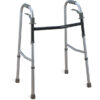

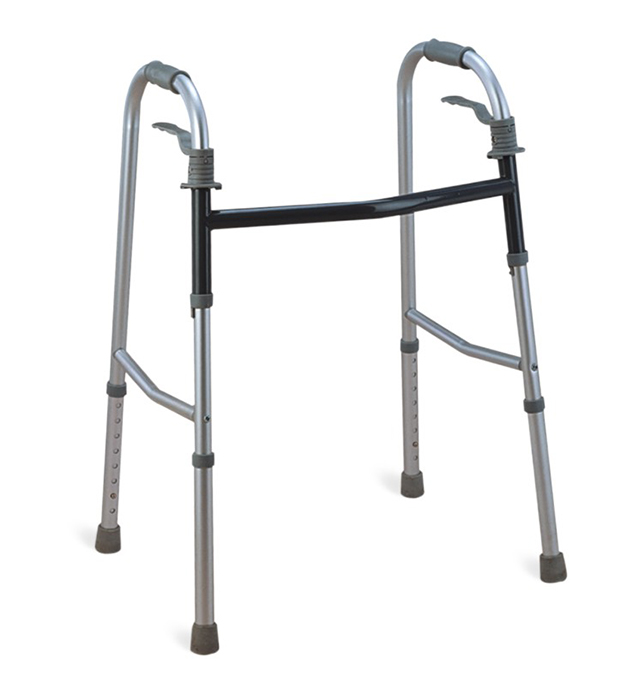

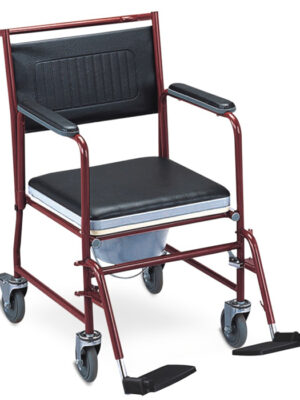
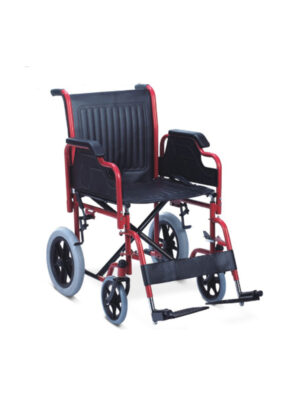
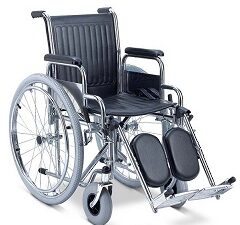

Reviews
There are no reviews yet.